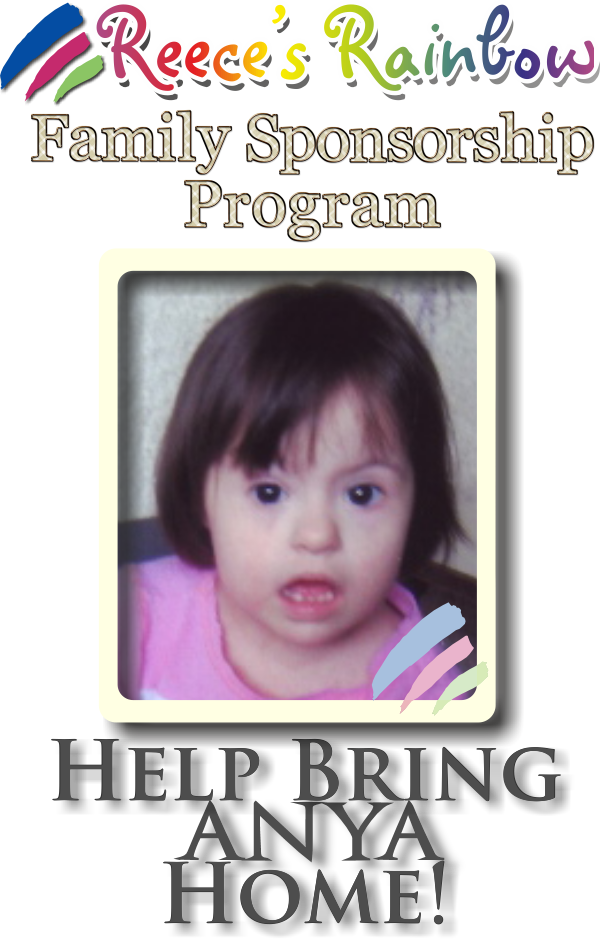I thought I’d answer some of the questions I’m often asked about my handmade soaps.
How do you make your soap?
Soap is basically a chemical reaction between a fatty acid and a caustic alkali. This can be accomplished by a number of methods. I combine plant-based oils (fatty acids) with sodium hydroxide mixed with distilled water (caustic alkali known as “lye”). The chemical process is called “saponification”. When the saponification process is complete, only soap, water and glycerin remain. Isn’t Lye harmful?
Isn’t Lye harmful?
Yes, Lye is very caustic and extremely harmful when working with. However, notice what is left after the chemical reaction between the oils and the lye…only soap, water and glycerin. There is no more lye in the soap.
Are commercial soaps made with lye?
Yes, commercial soaps are made with Lye. In order for it to be soap, it must have been made with lye. If you look at the ingredients on a bar of commercial soap you’ll find the words “Sodium Tallowate”, which is sodium hydroxide combined with animal fat, or lard. Why is handmade soap better for my skin than commercial soap?
Why is handmade soap better for my skin than commercial soap?
Remember, after saponification is complete, we’re left with soap, water and glycerin. Commercial soap manufacturers remove the glycerin and replace it with synthetic detergents. They can then sell the glycerin at a high price to other skin care manufacturers. Handmade soap retains its natural glycerin. Glycerin is important in skin care because it is a humectant, meaning it attracts moisture to your skin. Why does it take so long for your soap to be ready for sale?
Why does it take so long for your soap to be ready for sale?
I like for my soaps to cure for a minimum of 4 weeks before I sell them. Most of the saponification process is complete within the first 24 – 48 hours, but the process will continue slowly for another 2 weeks. I let them cure for an additional 2 weeks so that water evaporates from the soap. This leaves a harder, longer lasting bar that is rich in lather.











0 comments:
Post a Comment